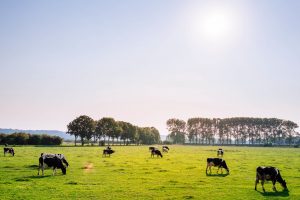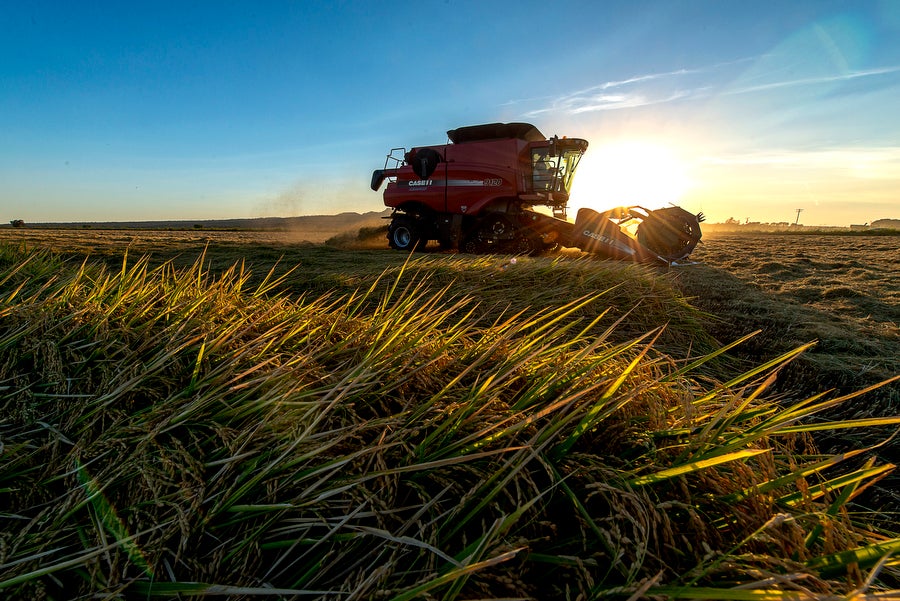Nitrous oxide might not make the news like carbon dioxide, but it’s a powerful hidden force behind the extreme, climate-driven weather we’re experiencing. This super-pollutant is the third most significant greenhouse gas, with a warming impact almost 300 times greater than carbon dioxide. Lowering it is essential for avoiding the most dangerous climate impacts.
The newly released “Global Nitrous Oxide Assessment” confirms a sobering reality: atmospheric concentrations of the gas are rising faster than previously anticipated. The majority of nitrous oxide emissions come from synthetic fertilizer and manure. Yet nitrogen applications are also essential for producing the crops that feed a growing population.
We don’t have to choose between food security or climate stability. We can and must support farmers in achieving both priorities.
Reducing nitrous oxide emissions isn’t just possible — it’s within reach.
A combination of existing strategies could slash global nitrous oxide emissions by over 40%, but scaling these solutions requires commitment and innovation, but scaling these solutions requires commitment and innovation.










 The White House Council on Environmental Quality (CEQ) recently released an intriguing report on how the United States can transition to a low-carbon economy by 2050 while continuing economic growth. The report gives a starring role in this job to agricultural lands.
The White House Council on Environmental Quality (CEQ) recently released an intriguing report on how the United States can transition to a low-carbon economy by 2050 while continuing economic growth. The report gives a starring role in this job to agricultural lands. A team of researchers spent seven years dissecting, analyzing and reporting on California’s nitrogen cycle, and the results are eye-opening.
A team of researchers spent seven years dissecting, analyzing and reporting on California’s nitrogen cycle, and the results are eye-opening.
